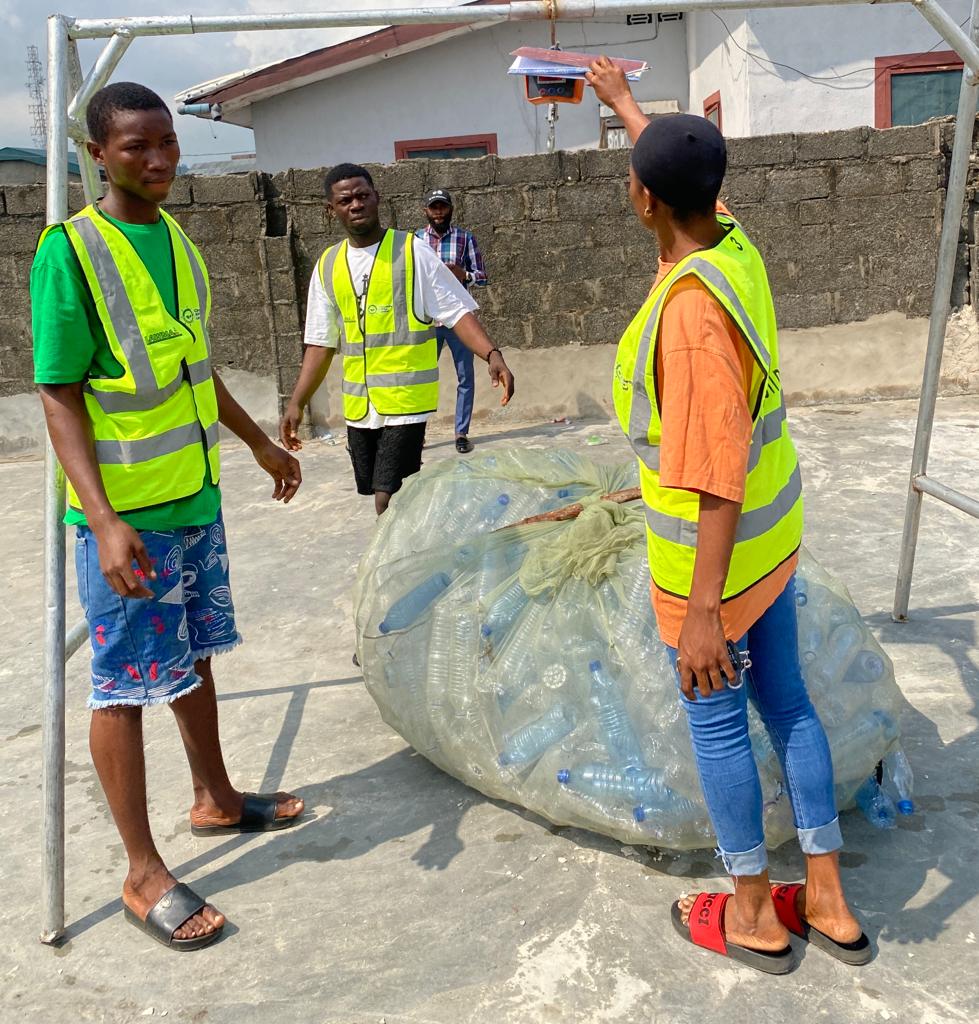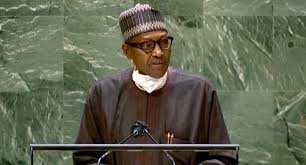Iranian President call off interview with CNN anchor Amanpour for refusing to wear head gear

Iranian President call off interview with CNN anchor Amanpour for refusing to wear head gear
Iranian President Ebrahim Raisi withdrew from a long-planned interview with CNN’s chief international anchor Christiane Amanpour at the United Nations General Assembly in New York on Wednesday, after she declined a last-minute demand to wear a head scarf.
Some 40 minutes after the interview was scheduled due to start and with Raisi running late, an aide told Amanpour the president had suggested that she wear a head scarf. Amanpour said that she “politely declined.”
Amanpour, who grew up in the Iranian capital Tehran and is a fluent Farsi speaker, said that she wears a head scarf while reporting in Iran to comply with the local laws and customs, “otherwise you couldn’t operate as a journalist.” But she said that she would not cover her head to conduct an interview with an Iranian official outside a country where it is not required.
“Here in New York, or anywhere else outside of Iran, I have never been asked by any Iranian president – and I have interviewed every single one of them since 1995 – either inside or outside of Iran, never been asked to wear a head scarf,” she said on CNN’s “New Day” program Thursday.
Iran protests rage as Mahsa Amini’s father says authorities lied about her death
“I very politely declined on behalf of myself and CNN, and female journalists everywhere because it is not a requirement.”
Iranian law requires all women to wear a head covering and loose-fitting clothing in public. The rule has been enforced in Iran since the 1979 Islamic Revolution, and it is obligatory for every woman in the country – including tourists, visiting political figures and journalists.
Amanpour said that Raisi’s aide made clear that the interview – which would have been the Iranian president’s first on American soil – would not happen if she did not wear a head scarf. He referred to it as “a matter of respect,” given that it is the holy months of Muharram and Safar, and referred to “the situation in Iran,” alluding to the protests sweeping the country, she added.
Anti-government protests erupted across Iran last week over the death of 22-year-old Mahsa Amini while in custody, after having been arrested by Iran’s morality police on an accusation of violating the law on head scarves.
Thousands of people have taken to streets, with some women cutting their hair and burning their hijabs in protest against the law. Human rights groups have reported that at least eight people have been killed in the demonstrations, which have been met with a sharp crackdown by authorities, according to witnesses and videos shared on social media.
The demonstrations appear to be the most large-scale displays of defiance against the Islamic Republic’s rule, one which has become more stringent since the election of Raisi’s hard-line government last year. After eight years of Hassan Rouhani’s moderate administration, Iran elected Raisi, an ultra-conservative judiciary chief whose views are in line with the thinking of the country’s powerful clergy and Supreme Leader Ayatollah Ali Khamenei.
US issues sanctions on Iran’s morality police as major protests continue nationwide
In Iran, the head scarf is a potent symbol of a set of personal rules imposed by the country’s clerical leaders, which govern what people can wear, watch and do. Over the past decade, protests have flared as many Iranians have grown resentful of those limitations.
Amini’s death has fueled an outpouring of long-simmering anger over restrictions on personal freedoms. Surveys and reports in recent years have shown an increasing number of Iranians do not believe the hijab, or head scarf, should be mandatory.
Iranian officials have claimed Amini died after suffering a “heart attack” and falling into a coma, but her family have said she had no pre-existing heart condition, according to Emtedad news, an Iranian pro-reform media outlet. Skepticism over the officials’ account of her death has also stoked the public outcry.
CCTV footage released by Iran’s state media showed Mahsa Amini collapsing at a “re-education” center where she was taken by the morality police to receive “guidance” on her attire.
Amanpour had planned to probe Raisi on the Amini’s death and the protests, as well as the nuclear deal and Iran’s support for Russia in Ukraine, but said that she had to walk away.
“As protests continue in Iran and people are being killed, it would have been an important moment to speak with President Raisi,” she said
Source CNN



